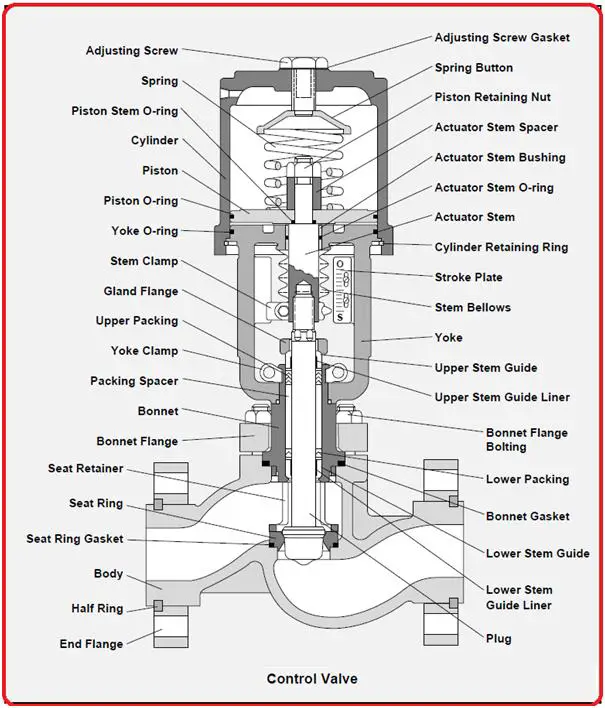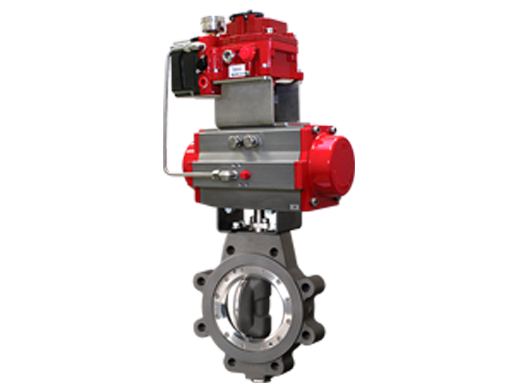Achieve Seamless Integration and Control With Quality Building Automation Controls
In the world of contemporary building monitoring, the value of top quality building automation controls can not be overemphasized. As innovation remains to advance, the combination and control of various systems within a structure have actually progressed to be much more sophisticated and efficient. The seamless operation and tracking of lights, A/C, safety, and other building features have actually ended up being paramount for boosting owner convenience, energy efficiency, and overall functional performance. The journey in the direction of achieving true combination and control is a complex one, with factors to consider varying from system compatibility to cybersecurity. Embracing high quality structure automation controls is not just an issue of convenience yet a critical critical for organizations intending to maximize their centers' performance and sustainability.

Development of Structure Automation Controls
Throughout the past couple of years, the advancement of developing automation controls has actually substantially transformed the means buildings are handled and operated. At first, constructing automation systems mostly focused on standard features such as regulating air, heating, and air flow conditioning (COOLING AND HEATING) systems. As technology progressed, these controls have actually come to be more advanced, allowing for a wider range of building systems to be integrated and taken care of centrally.
The advancement of constructing automation controls has actually seen a change in the direction of more smart systems that can adjust to transforming problems in real-time. This flexibility is crucial for optimizing power effectiveness and making sure passenger convenience. In addition, modern building automation controls now use functions such as anticipating maintenance, remote surveillance, and information analytics, enabling facility supervisors to make data-driven decisions to improve structure performance.

Advantages of Quality Integration
The development in building automation regulates in the direction of even more intelligent systems has emphasized the significant advantages of high quality combination in enhancing building operations and improving total performance. Quality integration of building automation controls uses several key advantages. First of all, it results in improved energy effectiveness by enabling various systems to collaborate flawlessly, making sure optimum efficiency and minimizing power waste. Secondly, quality assimilation boosts passenger convenience and performance by enabling individualized control over environmental settings like temperature, air, and lights quality. This personalization can lead to a much more comfy and conducive working or living atmosphere. Furthermore, top quality integration simplifies maintenance and fixing processes, as all systems are interconnected and can be checked and controlled from a central interface. This centralized control also provides better exposure and insights right into structure efficiency, enabling aggressive upkeep and optimization techniques. Overall, the advantages of high quality assimilation in building automation controls are obvious, providing boosted efficiency, convenience, and operational performance.
Boosted Customer Experience and Accessibility
Enhancing individual interaction with building automation controls with user-friendly layout and improved access boosts the total experience for passengers and facility managers alike. By concentrating on individual experience, building automation systems can become more straightforward and reliable. Intuitive interfaces, clear navigation, and personalized setups encourage individuals to interact with the controls easily and successfully.
Accessibility functions play an essential function in making certain that all people, including those with impairments, can use the structure automation controls easily. Incorporating functions such as voice commands, tactile switches, and color-contrasted display screens can boost availability and make the controls much more inclusive.
Additionally, improved customer experience brings about higher user satisfaction, increased performance, and much better decision-making. Passengers can readjust environmental settings according to their choices, while center supervisors can efficiently take care of and check structure systems - control valves. On the whole, focusing on customer experience and availability in building automation controls adds to an extra smooth and visit this website effective building environment for all stakeholders included
Lasting Practices Through Automation

In addition, automation can promote the combination of eco-friendly energy resources such as solar panels or wind generators right into structure procedures. Via automation, buildings can line up with modern-day sustainability objectives and contribute to a greener future.
Future Trends in Building Control Equipment
In anticipation of advancing and progressing innovations sustainability techniques, the trajectory of structure control systems is positioned to accept transformative methods and innovative services. One prominent fad shaping the future of building control systems is the increased integration of Expert system (AI) and maker understanding. These innovations allow structures to adjust in real-time to changing problems, maximizing energy usage and enhancing convenience for passengers. Additionally, the Net of Things (IoT) is changing structure control systems by linking gadgets and sensors to enhance operations and boost efficiency.
Another vital trend is the focus on cybersecurity measures to secure against potential risks to constructing automation systems. As buildings become extra interconnected, making sure durable cybersecurity methods will certainly be important to protect delicate information and protect against unapproved access.
Additionally, the change towards cloud-based systems is obtaining momentum, enabling systematized control and remote access to building systems. This helps with much easier monitoring, upkeep, and updates, boosting the overall performance and flexibility of building control systems. As technology proceeds to advance, these fads are expected to form the future Website landscape of building automation controls, driving development and sustainability in the developed environment.
Final Thought
Future trends in structure control systems are likely to concentrate on additional enhancing automation capabilities for enhanced energy effectiveness and overall performance. It is necessary for building proprietors and drivers to prioritize the fostering of high quality structure automation controls to maximize structure operations and achieve lasting sustainability goals.
In the world of contemporary structure administration, the importance of high quality structure automation controls can not be overemphasized. Overall, the evolution of building automation controls proceeds to drive innovation in the building monitoring sector, offering new possibilities for creating smarter and much more sustainable buildings.
The development in building automation controls in the direction of more intelligent systems has underscored the substantial click advantages of top quality combination in maximizing building operations and boosting general effectiveness. On the whole, prioritizing user experience and accessibility in structure automation manages contributes to a more smooth and effective structure atmosphere for all stakeholders included.
It is important for structure owners and drivers to focus on the adoption of quality structure automation controls to maximize structure procedures and attain long-lasting sustainability objectives. - control valves